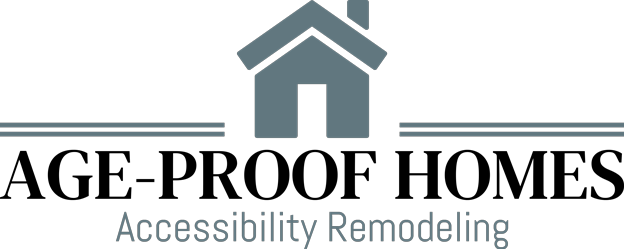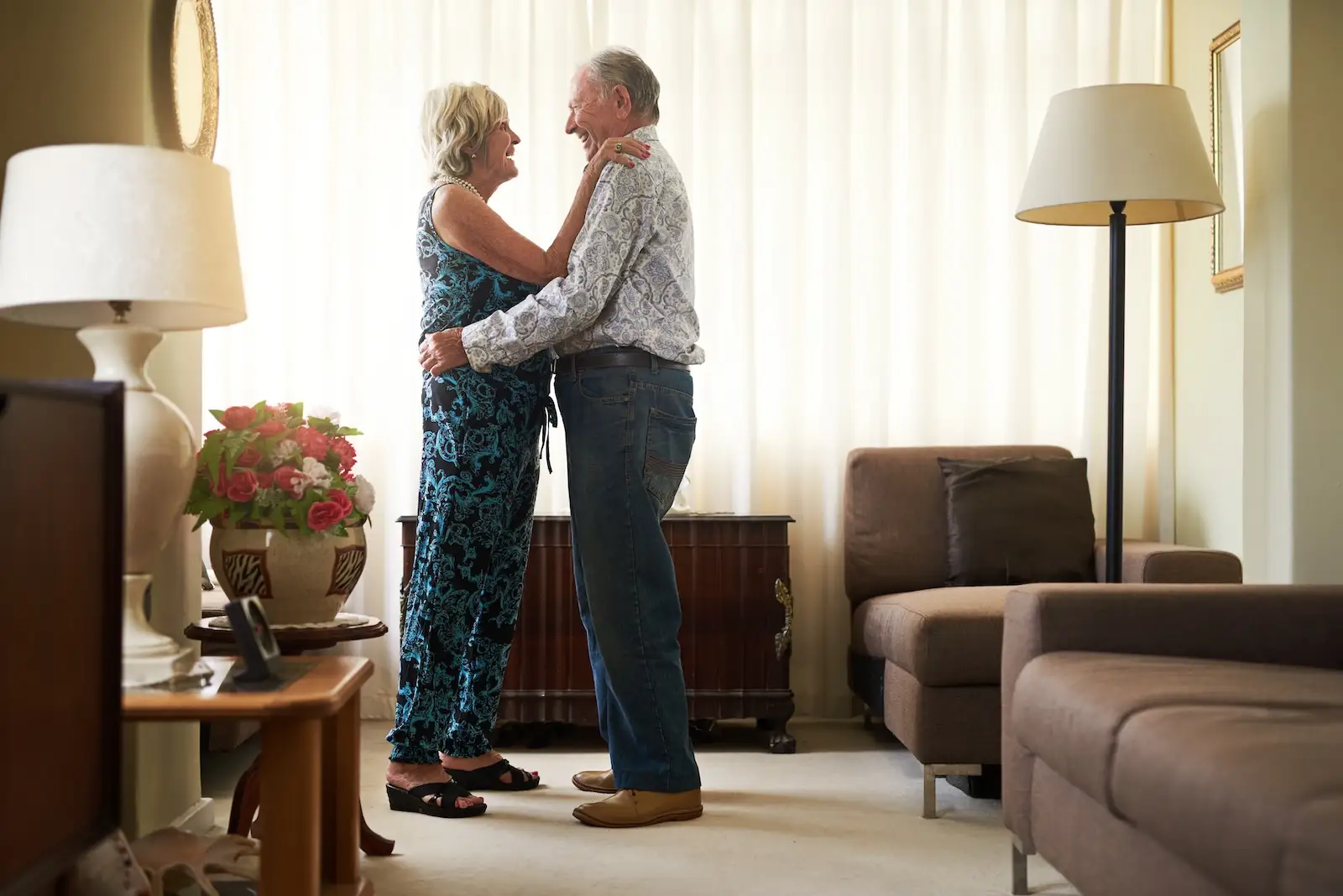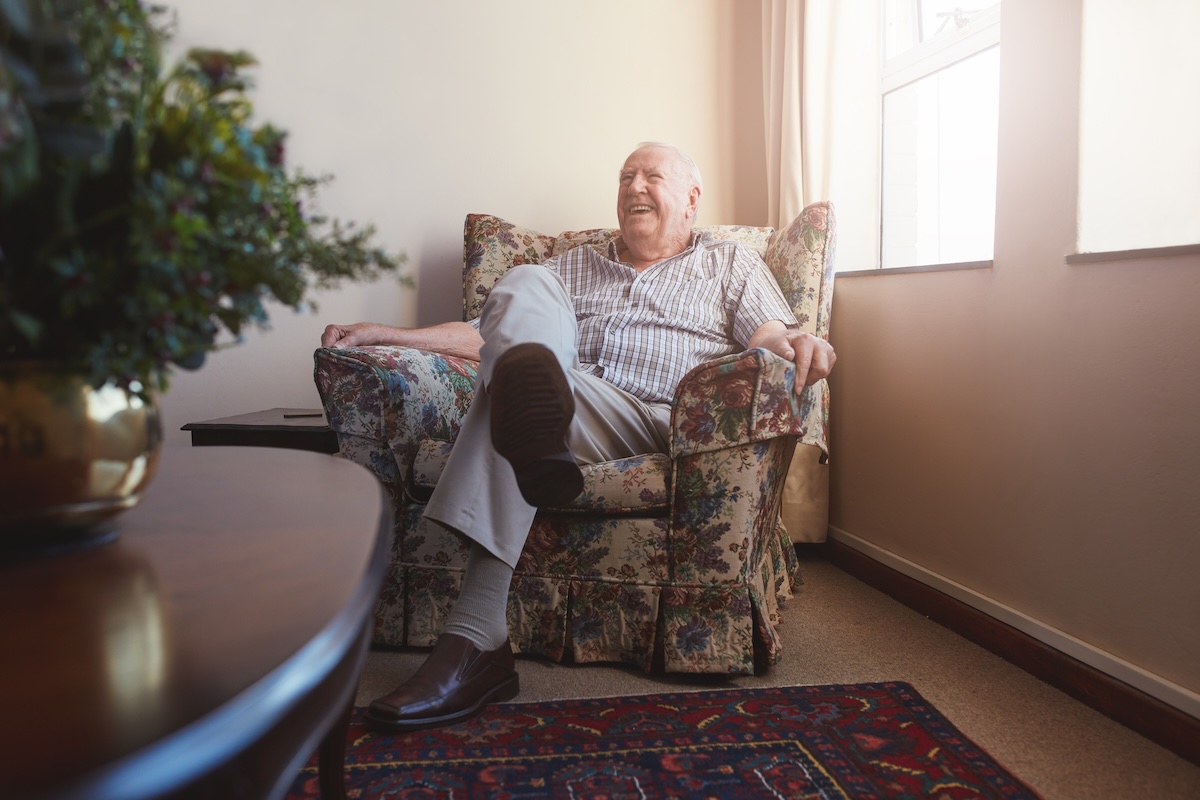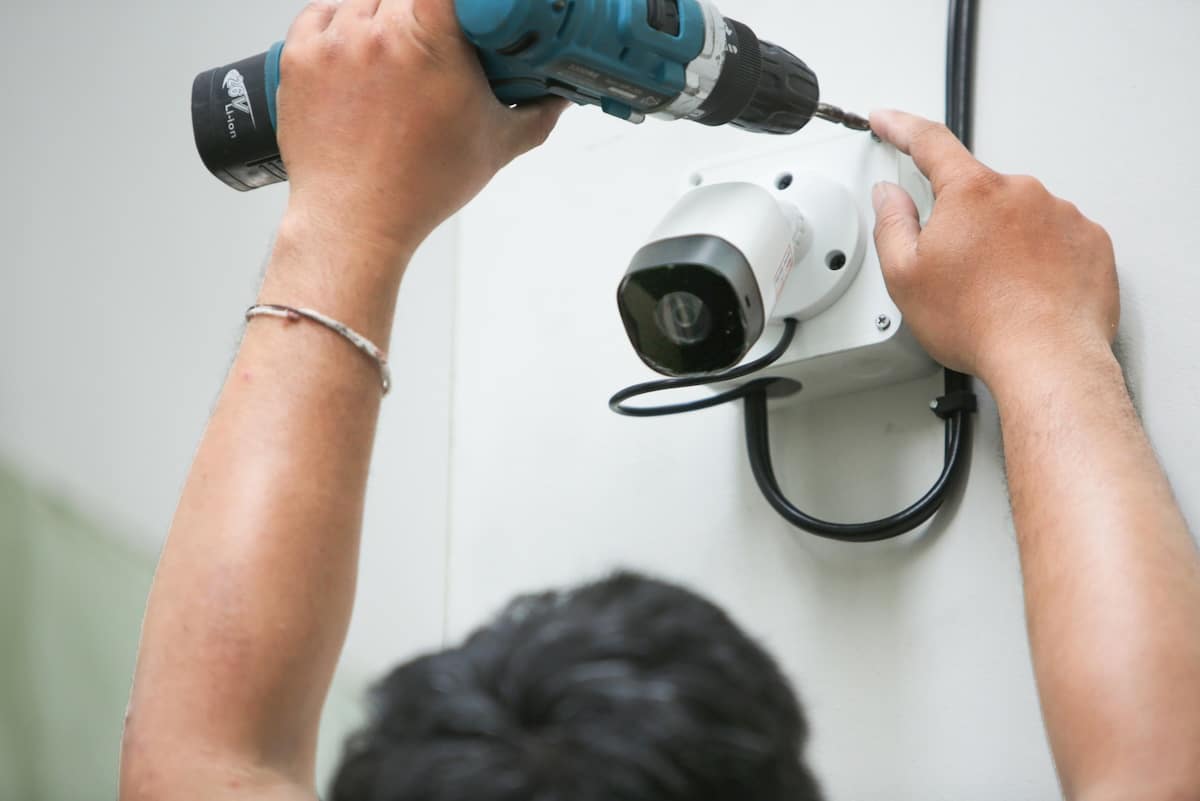Aging in place means having the freedom to live independently, safely, and comfortably in your own home as you grow older. Whether you’re planning for the future or seeking to make your current home more accessible, there are several home modifications that can make a significant difference in your quality of life. From bathroom remodeling services to smart home technology, this blog will explore the top 5 home modifications for aging in place, with a focus on improving safety, comfort, and accessibility.
1. Install Grab Bars and Handrails for Stability
As we age, maintaining balance becomes increasingly important. Falls are one of the leading causes of injury in senior adults, particularly in high-risk areas like bathrooms and stairways. Installing grab bars in key locations around the home provides essential support when standing, sitting, or moving between different areas. These modifications are especially useful in the bathroom, where slipping on wet surfaces is common.
Where to install grab bars:
- Bathrooms: Install grab bars installation around the toilet, bathtub, and shower for additional support.
- Stairways: Handrail installation can help prevent falls when navigating stairs, especially when they become slippery or difficult to manage.
- Hallways and Doorways: Consider placing handrails in hallways or along walls to assist with balance when moving from room to room.
For grab bar installers ,it’s crucial to work with a certified contractor who can ensure that the grab bars are securely mounted and positioned for optimal use.
2. Widen Doorways and Hallways for Wheelchair Accessibility
Navigating through your home becomes more challenging as mobility decreases, particularly if you rely on a walker or wheelchair. To ensure your home is wheelchair accessible, consider widening doorways and hallways. This modification is crucial for aging in place and allows for seamless movement, reducing the chances of injury or discomfort.
Key areas to modify:
- Entryways: Ensure that your front door and other entry points are wide enough to accommodate a wheelchair or walker. If your current doors are narrow, home remodeling for Seniorindividuals can help widen them to meet accessibility standards.
- Hallways: Expanding hallways ensures that mobility aids can easily pass through without obstruction, promoting greater freedom within the home.
Working with home remodeling services that specialize in accessible home design can help ensure that your modifications are not only practical but also aesthetically pleasing.
3. Create Accessible Showers and Bathtubs
The bathroom is one of the most dangerous areas for seniors due to its wet and slippery environment. One of the most impactful changes you can make is to convert your traditional bathtub or shower into an accessible shower. These handicap accessible showers are designed to provide easy entry and exit, with features like low or no thresholds and non-slip shower floor tiles for safety.
Considerations for accessible bathrooms:
- Wheelchair Accessible Showers: If you’re in a wheelchair, you’ll want to invest in wheelchair accessible showers that allow you to roll in without the need for stepping over a threshold.
- Shower Grab Bars: Installing grab bars installation in your shower or bathtub can provide essential support. These are especially useful for individuals who may need extra help standing or transitioning between sitting and standing.
- Non-Slip Flooring: Install non-slip bathroom floor tiles and non slip shower floor tiles to reduce the risk of slipping when wet. Choose tiles that have a textured surface to improve traction.
For more extensive bathroom remodeling services that focus on accessibility, you may also want to look into handicap accessible tubs and showers that provide safety features like built-in seating or extra-wide doors.
4. Install Non-Slip Flooring for Safety
Falls are a major concern for seniors, and slippery floors, especially in bathrooms, kitchens, and hallways, are a primary risk. To enhance home safety, replacing old, slippery floors with non-slip shower floor tiles and non slip bathroom floor tiles can dramatically reduce the chances of a fall. These tiles are not only practical but also stylish, available in various designs that complement any home decor.
Best non-slip flooring options:
- Non-Slip Shower Floor Tiles: These tiles provide excellent traction when wet, helping to prevent falls in the shower. Choose from a range of materials, including textured vinyl, rubber, and ceramic.
- Non-Slip Bathroom Floor Tiles: Look for non-slip floor tiles bathroom that can be used across the entire bathroom to create a cohesive, safe environment.
- Kitchen and Hallway Flooring: In addition to bathrooms, it’s important to ensure that non slip floor tiles bathroom or other non-slip flooring options are used in high-traffic areas like kitchens and hallways.
If you need help finding the best shower floor tiles non slip, or if you’re looking for remodeling services to install these types of tiles, it’s best to hire an experienced contractor who specializes in accessible home remodeling.
5. Integrate Smart Home Technology for Independence
One of the most innovative ways to enhance aging in place is by integrating smart home technology into your living space. Smart home devices are designed to simplify daily tasks, improve safety, and give you greater control over your home environment. Whether it’s adjusting the temperature with a smart thermostat for home or ensuring lights are always on with a smart lighting system, technology can help you maintain independence.
Smart home solutions to consider:
- Smart Lighting Systems: A smart lighting control system allows you to automate lighting throughout your home, ensuring rooms are always well-lit, even if you forget to turn off the lights at night. For added convenience, a smart home lighting system can be controlled remotely from a smartphone or voice-activated assistant.
- Smart Thermostats: Adjusting your home’s temperature can be a challenge if mobility is limited. A smart thermostat lets you control the temperature of your home without leaving your seat. Choose a smart thermostat for home that offers easy-to-use features and energy-efficient settings.
- Home Security Systems: For added peace of mind, monitored home security systems or self monitoring home security systems allow you to keep an eye on your home, even when you’re away. Automated home automation door locks ensure that your home remains secure without needing to fumble for keys.
For additional safety and convenience, you may also want to install automated door lock systems that allow you to unlock doors with your smartphone, making it easier to enter and exit your home without having to struggle with keys.
Vertical Platform Lifts and Elevators
If you live in a multi-story home, you may want to consider a Stiltz elevator installation or a vertical platform lift to enhance mobility between floors. These lifts are especially helpful if you have difficulty using stairs. A vertical wheelchair platform lift allows individuals with mobility challenges to access different levels of the home safely and efficiently.
Options to consider:
- Stiltz Duo Home Elevator: A Stiltz elevator is a compact and innovative solution for homes with limited space. It’s designed to move people between floors without requiring extensive remodeling.
- Stair Lifts: For individuals with limited mobility, stair lifts for seniors or a stair chair lift can be a game-changer. They provide a safe and convenient way to navigate stairs without assistance.
- Outdoor Vertical Platform Lift: If you have outdoor steps, consider installing an outdoor vertical platform lift or a wheelchair vertical platform lift to help navigate the stairs safely.
For stair lift installation or to find vertical platform lift dealers, you can consult with experts who specialize in home accessibility remodeling to choose the right solution for your needs.
Making the decision to age in place is a great way to maintain independence and quality of life. However, it requires thoughtful planning and home modifications that support your changing needs. Whether you’re installing grab bars, updating your bathroom with accessible showers, or integrating smart home technology, each modification plays a critical role in creating a safe and comfortable environment.
Start with these home remodeling services to ensure your home supports aging in place. If you’re looking for bathroom remodeling services, wheelchair accessible showers, or stair lift installation, contact a local remodeling expert to help you create the ideal living space for aging independently.
For more information on home modifications and accessible home remodeling, visit AgeProofHomes.com and get started on transforming your home today.
FAQs (Frequently Asked Questions)
1. What is aging in place?
Aging in place refers to the ability to live in one’s own home safely, independently, and comfortably for as long as possible, with the necessary modifications made to accommodate changing physical abilities.
2. What are the best home modifications for seniors?
The best modifications include accessible showers, wheelchair ramps, non-slip flooring, stair lifts, and smart home technology. These adjustments can improve safety and make day-to-day living easier for seniors.
3. How can I find remodeling services?
You can search for bathroom remodeling services, home remodeling services, or stair lift installation using local contractor directories or recommendations from professional remodeling companies specializing in aging in place solutions.
4. What is the cost of installing a stair lift?
The cost of stair lifts for home depends on factors such as the length of the stairs and the type of lift you choose. It’s best to contact local stair lift installers for a quote based on your specific needs.
5. How do I know if my home is suitable for aging in place?
To determine if your home is suitable for aging in place, assess the layout, safety features, and accessibility. Some key considerations include:
Lighting: Do you have adequate smart lighting systems that are easy to control?
Doorways: Are the doorways wide enough for a wheelchair or walker?
Bathrooms: Are there accessible showers with grab bars and non-slip floors?
Stairs: Are stairs manageable or is there a need for stair lifts or a vertical platform lift?
A home evaluation by a professional in accessible home remodeling can help identify any necessary improvements.



